Illustrator of the Month: November
The world of children’s books is always an exciting one, full of enchanting stories and vivid visuals that delight children and adults alike. This month, we would love to present a member who’s forging herself an amazing career journey in publishing.
Simona Ciraolo is a children’s book author. Originally from Italy, she trained as an Animator at the National Film School and moved to the UK shortly after, working in advertising and feature films for a number of years. She then completed an MA in Children’s Book Illustration in Cambridge, winning the prestigious Sebastian Walker Award in 2014.
Having worked with Chronicle Books, Flying Eye Books, Walker Books and more, Simona has published a number of titles including Hug Me, Can’t Catch Me and Lights! Camera! Alice!
We reflect with Simona about her illustrious career so far, her process as Author/Illustrator and her stance on the value of illustration.
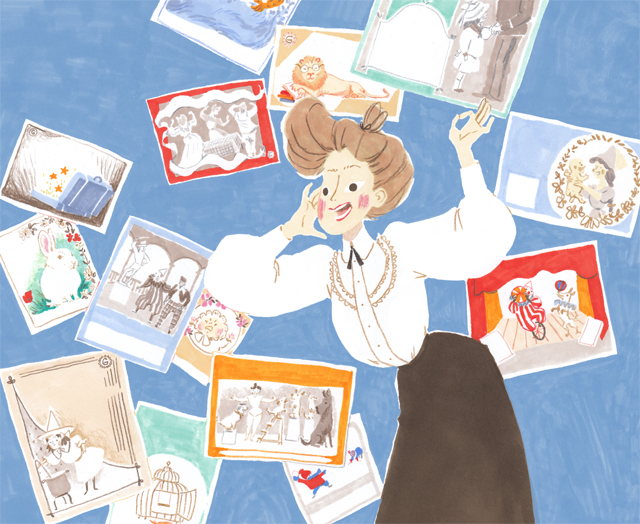
You formerly trained as an animator before going into Illustration. In your opinion, do you feel picture books reach audiences in a way animation can’t?
I think both animation and illustration have the greatest potential to touch their audience. Perhaps the difference lies in the quality of the experience. I find reading to be a rather intimate experience: we hold the book in our hands, we interact with it, choosing how much time we want to dedicate to the story. Most importantly, no one else can see the pictures, movement and sounds that the story conjures up in our mind. A film, on the other hand, can be – and often is – a shared experience. It engages more of our senses as pictures, movement and sounds are given to viewers fully formed. When watching a film we are enraptured in the experience the way the director intended us to be, whilst as readers the author asks us to commit our imagination to it.
That is such as insightful way of comparing both mediums! Tell us more about your process – How did you develop your visual language?
My visual language stems from the need to translate my impression of reality in a way that will support and adapt to the storytelling. I have always drawn and I’ve always been observant. People interested me the most when I was younger, whist in recent years I’ve grown increasingly interested in nature. The more I look, the more I draw, the easier I will find to express an aspect of my surroundings that has caught my attention in a way that feels personal and is therefore satisfactory to me. I strive to adapt the way I draw to the requirements of the writing rather than sticking to a predetermined set of rules to be reapplied any time I draw items belonging to a certain category. I favour drawing what feels right in that context so that the characters and their environment respond to the way I imagined them in that particular situation: the story always takes priority and the story always comes first.
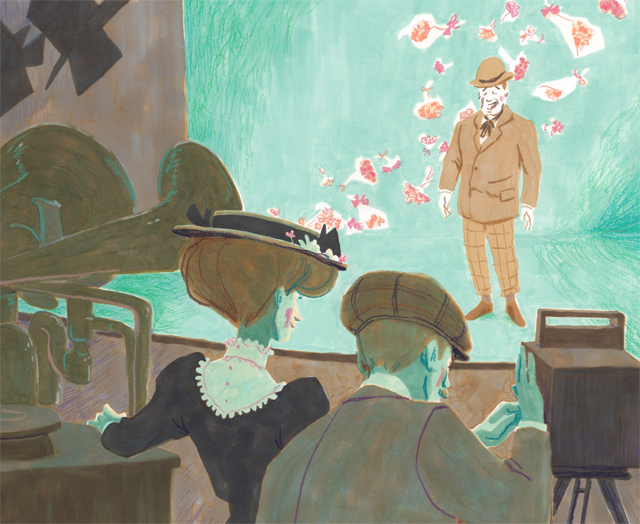
You often create work that focuses on different relationships (with siblings, grandparents, or strangers). How important do you think is to highlight these themes in children’s books? Is there a particular social aspect at the moment that you’re interested in exploring?
I do believe that art is the way humanity makes sense of its own emotional experience and provides a vocabulary to express it. Literature in particular, whatever the age group it is aimed at, lends itself exceptionally well to the study of interpersonal interaction. Relationships, with their ups and downs and the upheaval they can unleash, have always interested me keenly. They are central to everyone’s life and wellbeing, they can make you feel great or tear your world apart. Being in relationship with others is a life-long endeavour, but it is a much more intense task in childhood, when the young person has so little experience to go by whilst trying to make sense of it all.
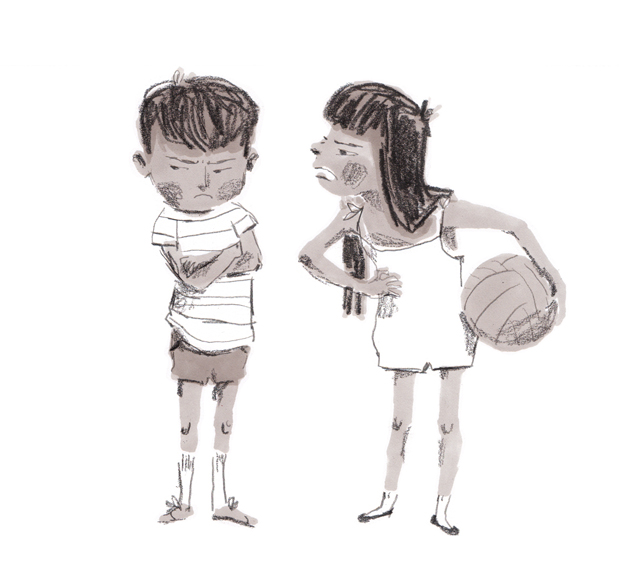
You’ve illustrated five children’s books so far in the last four years, all of which have been really well received. What do you try to do differently with each project?
Every time I stumble across a new story, whether it is my own or somebody else’s creation, I look at it without prejudice: I let it take shape in my mind, I allow pictures and characters to appear as they might, without much concern as to the way they might compare with work I’ve created in the past. What emerges from this early interaction with the narrative will delineate the look of the book. The rest of the work is a matter of translation: negotiating an approach that allows me to put down on paper the images as I first saw them.
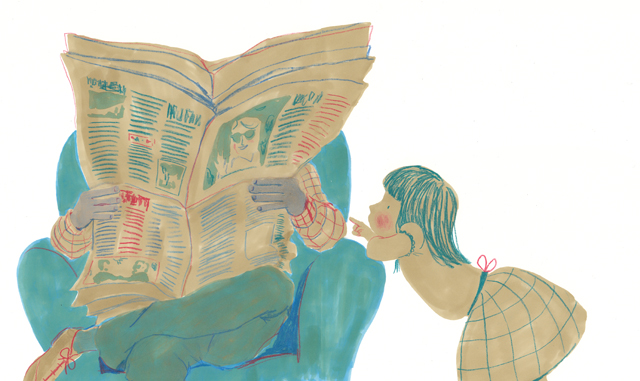
It’s clear from your membership that you are growing more confident in understanding (and negotiating) contracts. Have you any tips for other illustrators?
Being an author is a wonderful, often fulfilling job. One does feel lucky to be able to spend their days writing and drawing and working with incredible publishers that love books as much as you do – I certainly feel blessedly lucky myself. At the same time if writing and illustrating are not regarded as a job, with the professionalism and respect that this entails, the artist will inevitably be prevented from creating its best work. To dedicate themselves fully to their work artists must be fairly remunerated, they must know that the rights of their work and their own are looked after. I read an article by the Society of Authors that showed how writers’ annual income has nearly halved on average in the past ten years. It is now more important than ever that authors contribute to this beautiful industry with professionalism, as well as passion, so that their contribution can be valued and taken seriously.
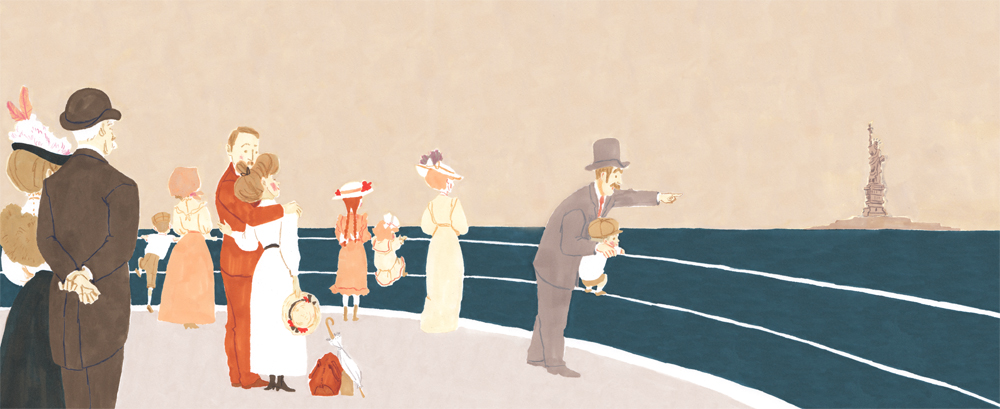
Aside from children’s books, what other projects (commercial or personal) are you interested in pursuing at the moment?
I’m currently working on my next picture book, of which I’m extremely excited about, and which is keeping me very busy, so I can’t say I’m left with much room to explore other avenues at the moment. Perhaps in the future it would be interesting to adapt one of my picture books for the screen, in which case it would be fun to explore your first question again!
We want to thank Simona for taking the time to deliver this interview. You can see more of her work on her website.
Check out our review and interview with Simona, for her book Can’t Catch Me.
Don’t miss last Illustrator of the Month: James Davies
Back to News Page
